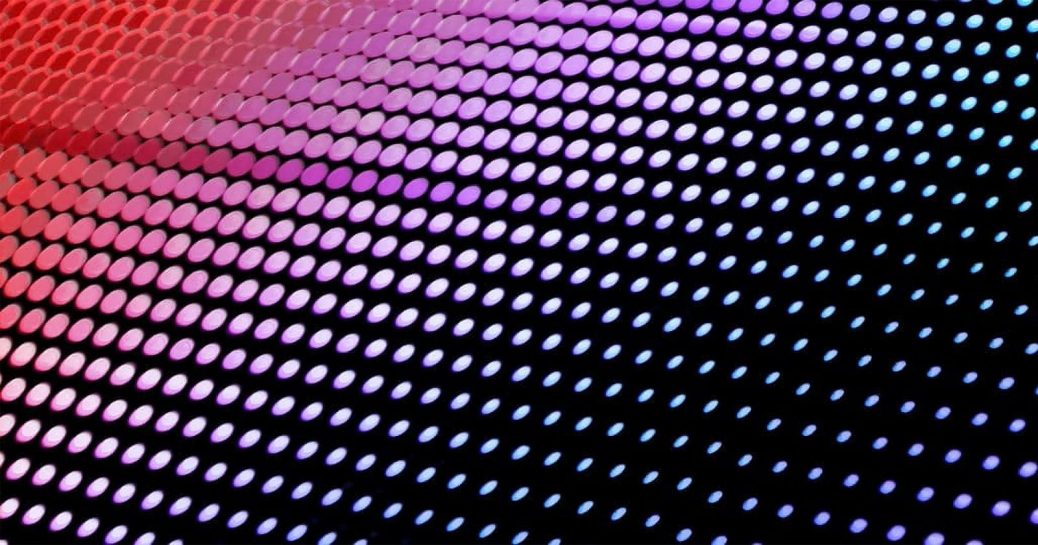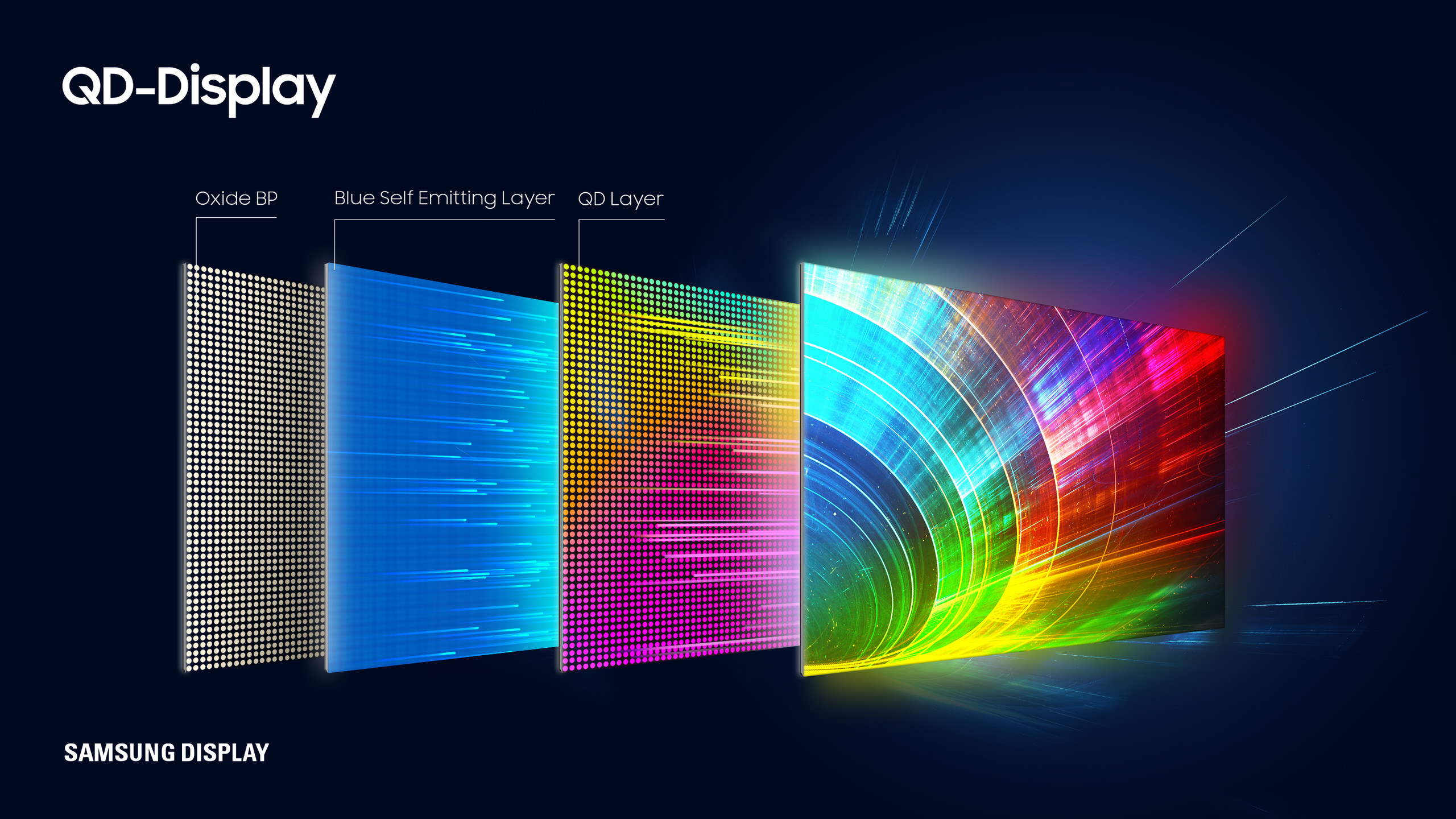Canon Developed a New QD-OLED Panel Tech
According to rumors, Canon has developed a QD-OLED (quantum dot organic light emitting diode) manufacturing process without using rare metals, putting it in a position to compete with Samsung, the only company currently producing QD-OLED panels.
OLED panels are among the market’s most widely used display technologies due to their excellent color reproduction, rapid reaction time, and capacity to produce true blacks. The electronic viewfinders used by virtually all major camera manufacturers are based on OLED technology, which accounts for the realistic appearance of most recent mirrorless camera viewfinders.
QD-OLED, a hybrid display technology, combines quantum dots with conventional OLED technology to get even better results. Samsung’s QD-OLED technology, which was only recently introduced, solved two of the main drawbacks of the original OLED technology: brightness and burn-in. The most remarkable panel technology available right now, QD-OLED, is only produced by one company: Samsung.
Nikkei Asia says Canon has created a new material for QD-OLED technology that does not rely on indium. This rare metal is manufactured in very limited amounts and is mined mostly in China. Canon plans to disrupt this dynamic. Samsung’s QD-OLED screens use indium phosphide as its source of illumination. Still, Canon has been able to accomplish the same job using lead, a much more accessible and recyclable metal.
Indium is much rarer than lead, which makes it much more expensive. Nikkei Asia claims that lead typically yields less-than-ideal outcomes in OLED panels, but Canon seems to have discovered a workaround as a result of its significant experience with the substance in its ink and office toner operations. According to the business, it has developed a lead-based chemical as resilient as indium.
According to Nikkei Asia, Canon’s quantum dot technology may have material costs as little as one-hundredth of those of Samsung while eliminating the need for indium mined in China, which is a win-win situation.
It remains to be seen if Canon’s panel design method can genuinely compete with the quality Samsung already has on the market, but if it can, the cost to build these panels would drastically decrease, and they would become much more approachable for many use cases.
More info on Nikkei Asia’s website.


